Jacob Isaakszoon van Ruysdael (also Jacob van Ruisdael) (1628-1682)
Get a Jacob Isaakszoon van Ruysdael (also Jacob van Ruisdael) (1628-1682) Certificate of Authenticity for your painting (COA) for your Jacob Isaakszoon van Ruysdael (also Jacob van Ruisdael) (1628-1682) drawing.
For all your Jacob Isaakszoon van Ruysdael (also Jacob van Ruisdael) (1628-1682) artworks you need a Certificate of Authenticity (COA) in order to sell, to insure or to donate for a tax deduction.
Getting a Jacob Isaakszoon van Ruysdael (also Jacob van Ruisdael) (1628-1682) Certificate of Authenticity (COA) is easy. Just send us photos and dimensions and tell us what you know about the origin or history of your Jacob Isaakszoon van Ruysdael (also Jacob van Ruisdael) (1628-1682) painting or drawing.
If you want to sell your Jacob Isaakszoon van Ruysdael (also Jacob van Ruisdael) (1628-1682) painting or drawing use our selling services. We offer Jacob Isaakszoon van Ruysdael (also Jacob van Ruisdael) (1628-1682) selling help, selling advice, private treaty sales and full brokerage.
We have been authenticating Jacob Isaakszoon van Ruysdael (also Jacob van Ruisdael) (1628-1682) and issuing certificates of authenticity since 2002. We are recognized Jacob Isaakszoon van Ruysdael (also Jacob van Ruisdael) (1628-1682) experts and Jacob Isaakszoon van Ruysdael (also Jacob van Ruisdael) (1628-1682) certified appraisers. We issue COAs and appraisals for all Jacob Isaakszoon van Ruysdael (also Jacob van Ruisdael) (1628-1682) artworks.
Our Jacob Isaakszoon van Ruysdael (also Jacob van Ruisdael) (1628-1682) paintings and drawings authentications are accepted and respected worldwide.
Each COA is backed by in-depth research and analysis authentication reports.
The Jacob Isaakszoon van Ruysdael (also Jacob van Ruisdael) (1628-1682) certificates of authenticity we issue are based on solid, reliable and fully referenced art investigations, authentication research, analytical work and forensic studies.
We are available to examine your Jacob Isaakszoon van Ruysdael (also Jacob van Ruisdael) (1628-1682) painting or drawing anywhere in the world.
You will generally receive your certificates of authenticity and authentication report within two weeks. Some complicated cases with difficult to research Jacob Isaakszoon van Ruysdael (also Jacob van Ruisdael) (1628-1682) paintings or drawings take longer.
Our clients include Jacob Isaakszoon van Ruysdael (also Jacob van Ruisdael) (1628-1682) collectors, investors, tax authorities, insurance adjusters, appraisers, valuers, auctioneers, Federal agencies and many law firms.
We perform Jacob van Ruysdael art authentication, appraisal, certificates of authenticity (COA), analysis, research, scientific tests, full art authentications. We will help you sell your Jacob van Ruysdael or we will sell it for you.
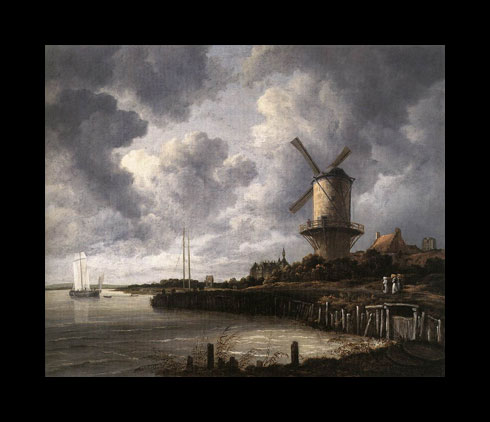

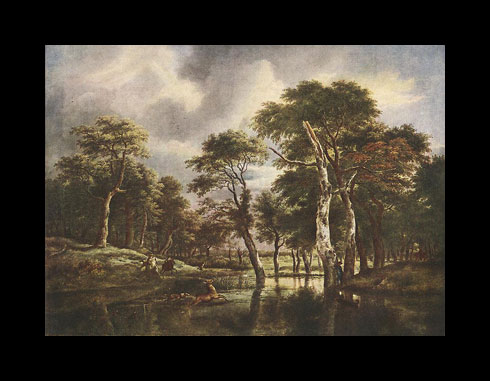
Jacob van Ruysdael was a 17th century painter Baroque Dutch artist born in Haarlem in The Netherlands. Some art historians have called Ruysdael the most celebrated Dutch landscape painter to have ever lived. He came from a family of artists and learned to paint from his father, a painter, art dealer and frame maker, and from his uncle, Solomon van Ruysdael. After being under the tutelage of his family, Ruysdael set off for Germany where he studied for a decade, finally settling in Amsterdam. There, he established a productive studio where he trained a generation of Dutch painters.
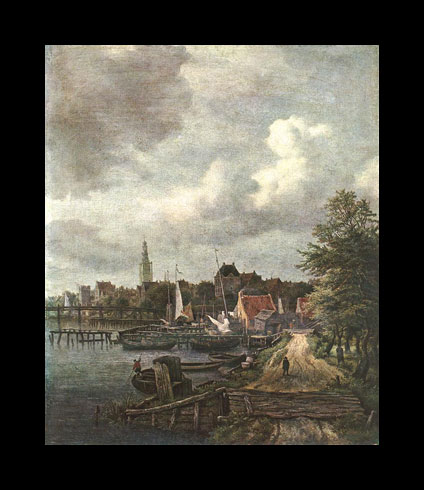
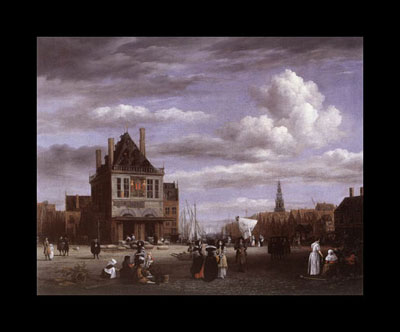
It has been noted by art critics that trees were Ruysdael’s specialty when it came to painting. Art critics have noted his great talent for rendering foliage, particularly leaves and oak trees. Although he painted seascapes and coastal scenes as well, it is Ruysdael’s renditions of forests and pastures that were among his best.
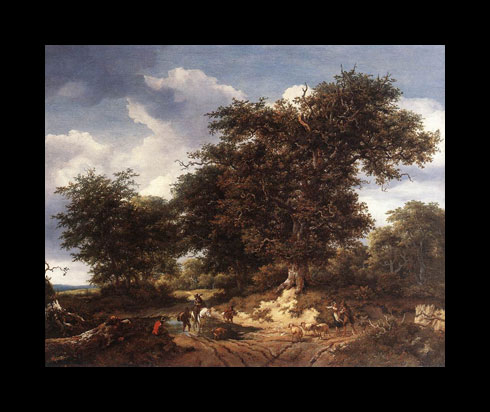
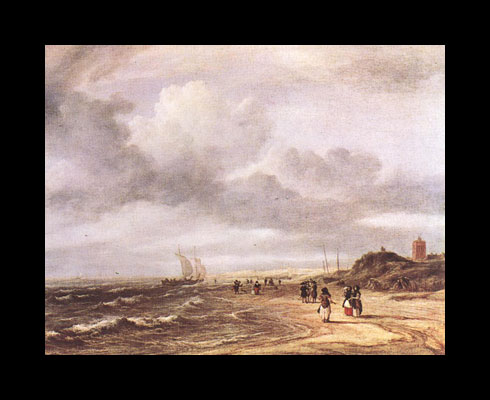
These scenes show the influence of Rembrandt and are often accompanied by far away castles and cities, windmills and other Dutch country symbols. By 1655, Ruysdael had permanently settled in Amsterdam and began to adopt a brighter color palette. During this time, he was mainly painting forest scene, waterfalls and valleys, and towards the end of his career, Ruysdael focused more on distant cities and panoramas.
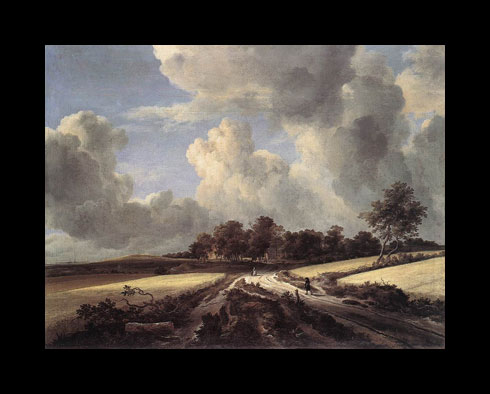
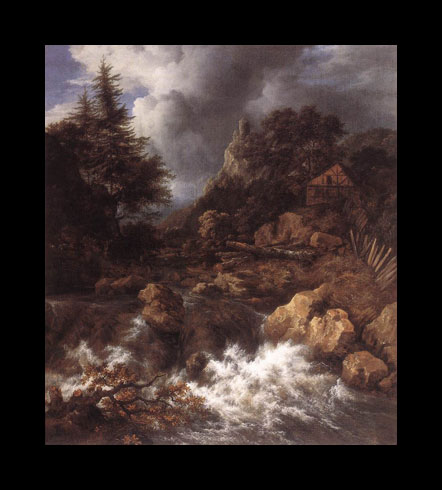
One of the most interesting aspects about Ruysdael’s body of work is the way that he and the other artists in his family signed their name. His fathers’ real name was said to be Isaak de Goyer, and later on changed it to Ruysdael. His uncle, Soloman van Ruysdael, also was said to have variations on his signatures. Other works are signed “Ruisdael,” so there is really no way to tell for certain just by looking at a signature whether a piece was created by Ruysdael, his father, or his uncle.
It is said that during his lifetime, Ruysdael was not nearly as appreciated for his talent as a landscape painter as he is today, and though he was fairly successful, most likely, he lived in poverty. During his lifetime, Ruysdael also created a few etchings, but most likely did not paint any portraits or genre pieces. Only one of his known interior paintings still exist today, however, that leaves a possibility for otherwise unknown architectural pieces by Ruysdael to surface.
